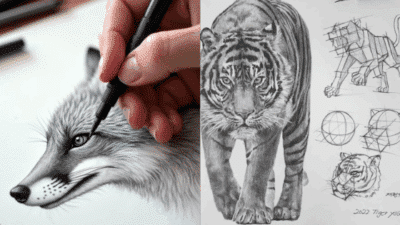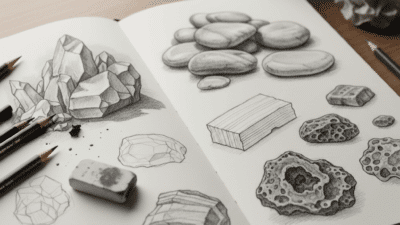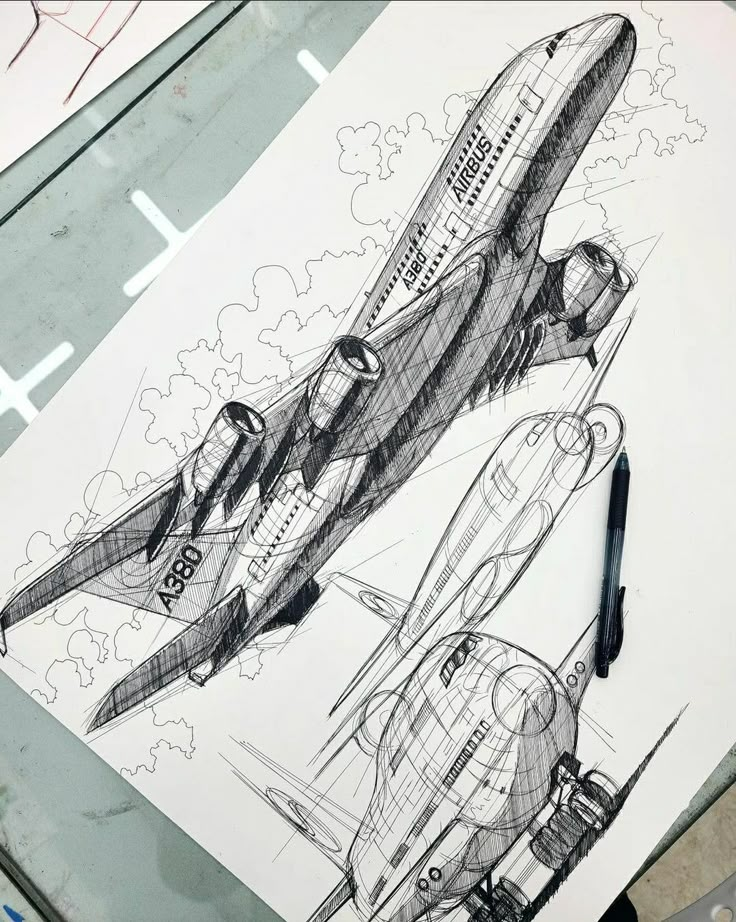

The vast expanse of the sky has always held a profound fascination for humanity, and few creations embody this fascination more completely than the airplane. From the earliest biplanes to the sleek, supersonic jets of today, aircraft represent a pinnacle of engineering, design, and aspiration. For artists, these machines offer a unique blend of geometric precision, dynamic movement, and historical significance, making them incredibly compelling subjects. If you’re looking to elevate your artistic skills and explore new avenues, diving into the world of airplane drawing ideas presents an exciting and rewarding challenge. This guide aims to provide professional insights, techniques, and inspiration to help you unlock your creativity and bring these magnificent flying machines to life on paper.
Drawing airplanes goes beyond merely replicating an object; it’s about capturing the essence of flight, the power of propulsion, and the intricate dance between form and function. Whether you’re a seasoned artist seeking fresh perspectives or an enthusiast looking to hone your technical drawing abilities, the realm of aviation art offers endless possibilities for exploration and mastery.
Pros and Cons
| Pros | Cons |
|---|---|
| – Develops Precision & Detail: Enhances skills in technical accuracy and intricate rendering. | – Complexity of Form: Can be challenging to accurately depict complex curves and mechanics. |
| – Diverse Subject Matter: Offers a wide range of aircraft types, eras, and environments. | – Requires Research: Accurate representation often demands studying blueprints, photos, or models. |
| – Opportunity for Dynamic Composition: Ideal for portraying motion, speed, and dramatic scenes. | – Repetitive Details: Intricate elements like rivets or panel lines can be tedious. |
| – Historical & Cultural Connection: Connects artists to rich narratives of human ingenuity and conflict. | – Perspective Challenges: Depicting aircraft from various angles, especially in flight, can be difficult. |
| – Appeals to Niche Audience: Creates unique art that resonates with aviation enthusiasts and collectors. | – Limited Artistic Interpretation (sometimes): Technical accuracy can sometimes constrain abstract expression. |
The Enduring Allure of Aviation Art


Aircraft are not just machines; they are symbols. They represent freedom, innovation, speed, and at times, conflict. This multifaceted symbolism, combined with their inherent structural beauty, makes them incredibly captivating subjects for artists. Throughout history, aviation art has served as a powerful medium to document technological advancements, commemorate heroic feats, and simply celebrate the marvel of flight.
From the pioneering days of the Wright Flyer to the supersonic age of the Concorde and beyond, each aircraft design tells a story of human ambition. The flowing lines of a fighter jet evoke speed and agility, while the rugged utility of a cargo plane speaks to its strength and purpose. The intricate details of a vintage biplane whisper tales of early aviation daring, contrasting sharply with the sleek, almost alien forms of futuristic concept aircraft. Artists are drawn to this blend of the mechanical and the poetic, finding endless inspiration in the engineering marvels that defy gravity. Capturing these elements requires a keen eye for detail and an understanding of how light interacts with complex surfaces, making it a truly rewarding challenge for any artist.
Essential Tools and Materials for Aviation Artists
Embarking on the journey of aviation drawing requires the right tools. The choice of materials significantly impacts the final outcome, influencing texture, detail, and overall aesthetic. Whether you prefer traditional or digital methods, understanding your tools is the first step towards mastery.
Traditional Drawing Essentials

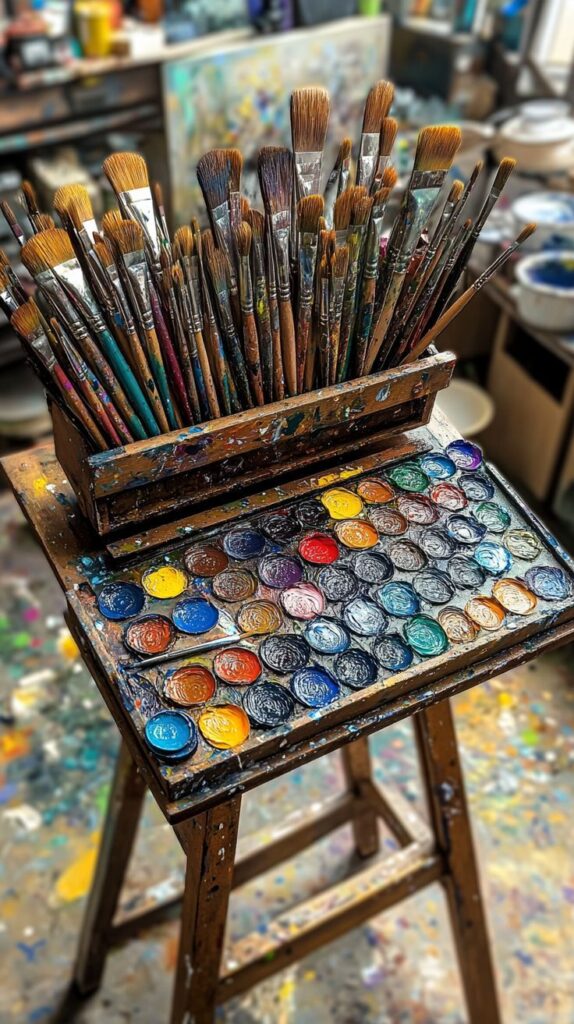
- Pencils: A good set of graphite pencils (H, HB, B, 2B, 4B, 6B) is fundamental. H pencils are excellent for light construction lines and fine details, while softer B pencils are perfect for shading and creating rich darks. Consider colored pencils for adding subtle hues or full-color illustrations, especially when depicting specific liveries or atmospheric conditions.
- Paper: Smooth, heavy-weight drawing paper (e.g., Bristol board, hot-press watercolor paper) is ideal for detailed work, allowing for crisp lines and smooth shading without excessive tooth. For quick sketches and preliminary ideas, a simple sketch pad works wonders.
- Erasers: Kneaded erasers are invaluable for lifting graphite without damaging the paper, allowing for subtle highlights. A vinyl or plastic eraser is effective for precise corrections.
- Rulers and Geometric Tools: Precision is paramount in technical drawing. A straight edge, protractor, and compass are indispensable for accurate lines, angles, and curves, especially when working from blueprints or technical schematics.
- Blending Tools: Blending stumps, tortillons, or even cotton swabs can help create smooth transitions in shading, adding realism to metallic surfaces and volumetric forms.
- Ink Pens: Fine-line ink pens (like Micron pens) are excellent for linework, outlining, and adding crisp, consistent details after the pencil sketch is complete.
Digital Drawing Tools


- Graphics Tablet and Stylus: Essential for digital art, offering pressure sensitivity that mimics traditional drawing tools. Wacom, Huion, and XP-Pen are popular brands.
- Drawing Software: Programs like Adobe Photoshop, Clip Studio Paint, Procreate (for iPad), and Krita offer a vast array of brushes, layers, and editing tools that can simulate traditional media or create entirely new effects. These tools allow for unparalleled flexibility in color, texture, and revision.
- Reference Materials: Digital artists can easily access and manipulate reference images, blueprints, and 3D models directly on their screens, streamlining the research and drawing process.
Regardless of your chosen medium, investing in quality materials will not only enhance your drawing experience but also improve the longevity and presentation of your artwork. For those looking for general advice on improving their artistic output, exploring various drawing tips can be incredibly beneficial, offering foundational insights applicable across different subjects.
Mastering the Fundamentals: Proportions, Perspective, and Anatomy
Before diving into complex scenes, a solid grasp of foundational drawing principles is essential. Airplanes, with their intricate designs and specific functional requirements, demand accuracy in proportion, perspective, and understanding their anatomical structure.
Understanding Airplane Anatomy

An airplane is a complex machine, but it can be broken down into fundamental components. Understanding these “anatomical” parts and their relationship to each other is crucial for accurate depiction:
- Fuselage: The main body, housing the cockpit, cabin, and cargo. Its shape varies greatly, from cylindrical to highly aerodynamic, and dictates the aircraft’s overall profile.
- Wings: Provide lift. Different wing shapes (straight, swept, delta) have distinct aerodynamic properties and visual characteristics. Pay attention to their dihedral (upward angle) or anhedral (downward angle).
- Empennage (Tail Section): Consists of the vertical stabilizer (fin) and horizontal stabilizers (tailplanes). These control yaw and pitch. The number and arrangement of these surfaces vary significantly between aircraft types.
- Engines: Propellers, turbofans, turbojets – each type has a unique form and placement on the aircraft, profoundly impacting its silhouette and power.
- Landing Gear: Wheels, struts, and retraction mechanisms. These are often complex and add significant detail, especially when depicted extended during takeoff or landing.
- Cockpit/Canopy: The transparent enclosure for the flight crew. Reflections on the glass can add immense realism.
Proportions
Accurate proportions ensure your airplane looks believable and powerful. Start by sketching the basic geometric shapes that define the aircraft’s primary components (e.g., a cylinder for the fuselage, rectangles for wings). Then, refine these shapes, constantly comparing the length, width, and height of each part relative to the others. Use construction lines to establish key points and ensure symmetry where required. A common pitfall is making wings too short or the tail too small, disrupting the aircraft’s characteristic appearance.
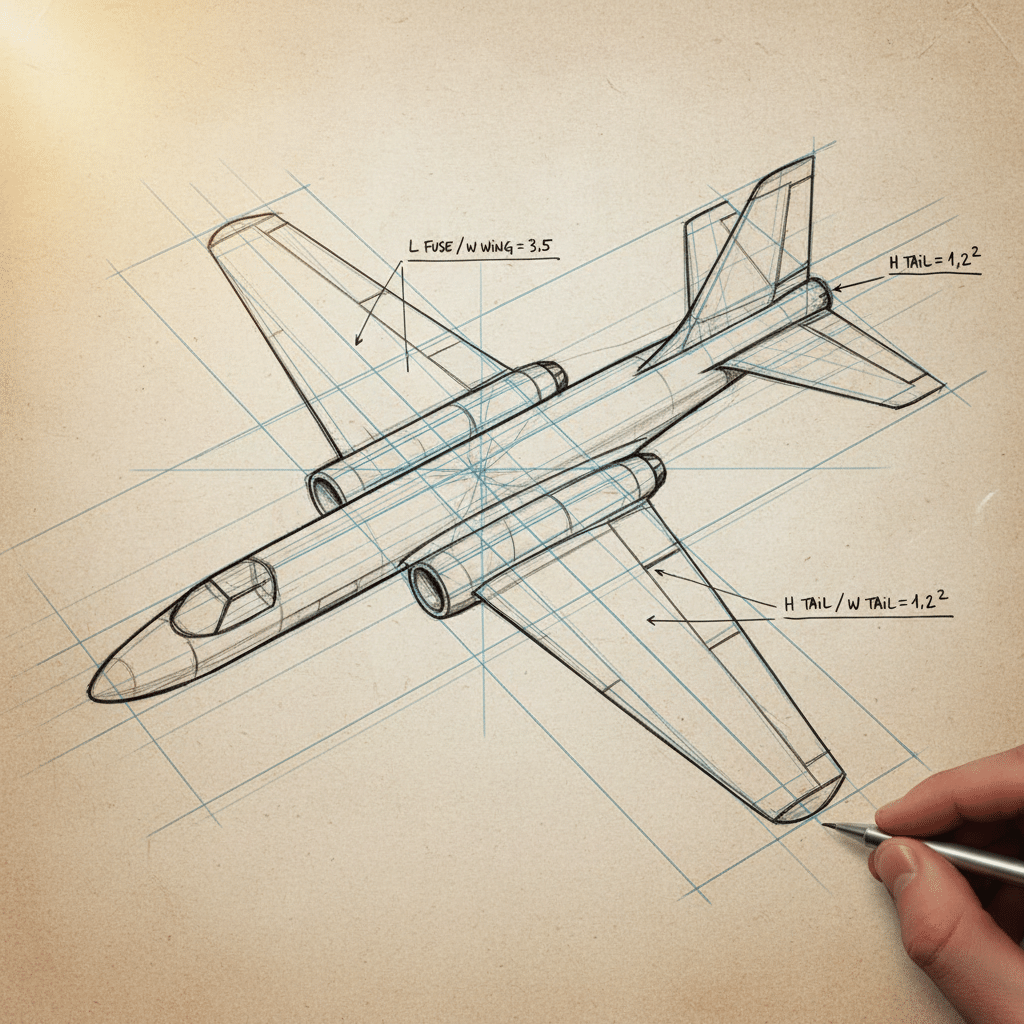
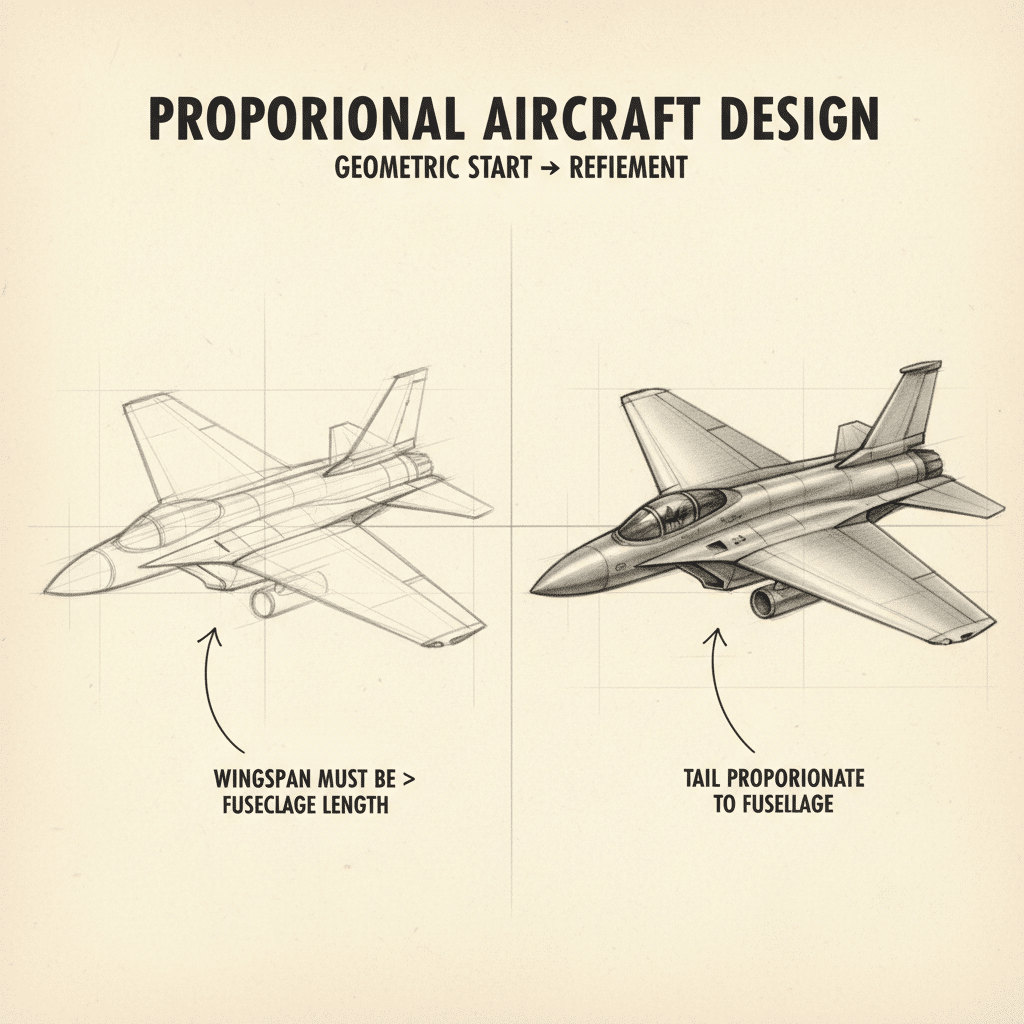
Perspective
Perspective is the key to creating a sense of three-dimensionality and dynamism. Airplanes are rarely seen head-on or perfectly flat; they are often in motion, banking, climbing, or descending.
- One-Point Perspective: Useful for aircraft directly approaching or receding, emphasizing depth.
- Two-Point Perspective: Ideal for drawing aircraft at an angle, revealing two sides and providing a more dynamic view.
- Three-Point Perspective: Essential for dramatic high-angle or low-angle shots, making the aircraft appear massive or soaring. This is crucial for capturing the grandeur of a plane in flight.
Practice drawing various aircraft types from different angles, focusing on how lines converge towards vanishing points. This will make your drawings feel more alive and less flat. For artists on the move, honing these fundamental skills in varied environments can be inspired by tips for sketching on the go.
Drawing Ideas: From Basic Silhouettes to Dynamic Scenes
Once you’ve grasped the fundamentals, the world of airplane drawing truly opens up. The sheer variety of aircraft and potential scenarios offers endless inspiration. Here are numerous airplane drawing ideas to spark your creativity, ranging from simple exercises to complex compositions.
Basic Silhouettes and Profiles
Start simple. Drawing aircraft as flat silhouettes or side profiles helps you understand their distinctive shapes and proportions without getting bogged down in detail. This is an excellent exercise for memorizing the unique characteristics of different plane types, from the iconic shape of a Boeing 747 to the stealthy outline of an F-22 Raptor.

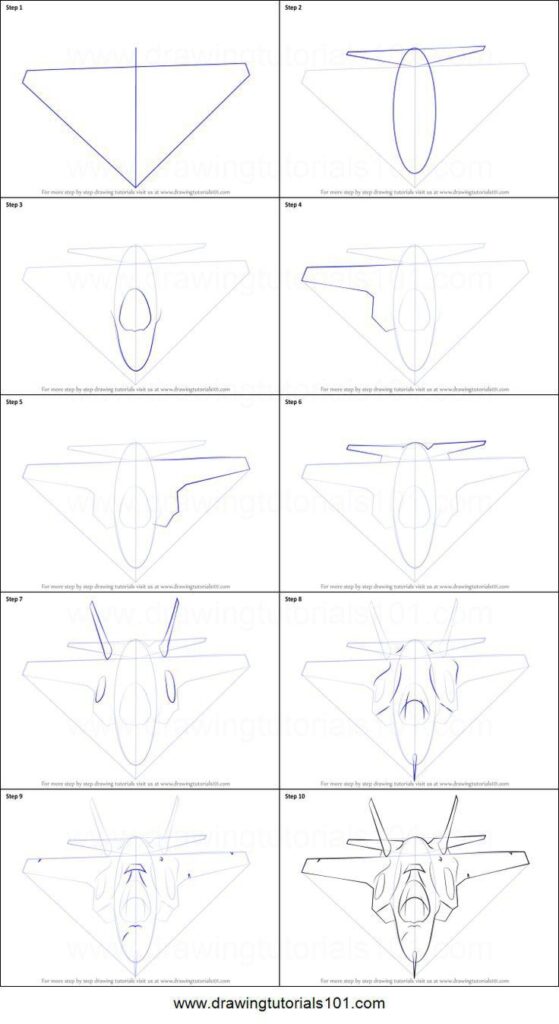
Static Aircraft
- Parked on the Tarmac: Depict an aircraft resting on the ground, perhaps with chocks, ground crew, or refueling equipment around it. This allows for focus on static details like landing gear, panel lines, and weathering effects.
- In a Hangar: Show a plane undergoing maintenance, with its panels open, revealing internal components. This offers opportunities for intricate mechanical detail and dramatic lighting.
- Awaiting Takeoff/Landing: Capture the plane on the runway, lights on, engines spooling up, or just after touchdown with deployed spoilers.

Aircraft in Flight
This is where the magic of aviation art truly comes alive.
- Soaring High: A lone aircraft against a vast sky, emphasizing its isolation and majesty. Play with cloud formations to add depth and drama.
- Formation Flying: Multiple aircraft flying in close proximity, showcasing precision and teamwork. This is a great way to practice consistency in your drawing.
- Dynamic Maneuvers: A fighter jet banking sharply, a biplane performing aerobatics, or a helicopter hovering. Use foreshortening and dynamic lines to convey motion and speed.
- Aerial Views: Draw the landscape below from the perspective of the aircraft, adding context to the scene.

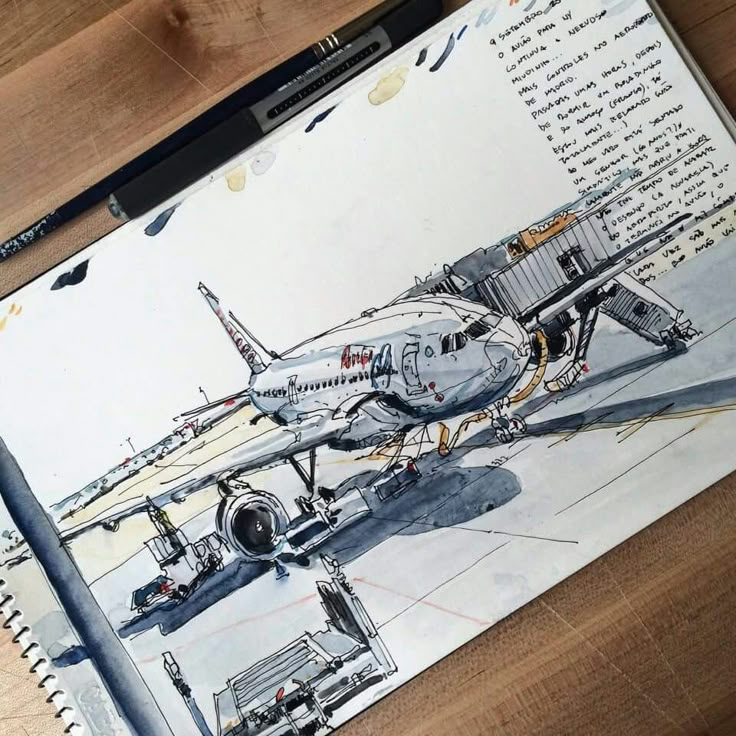
Historical Aircraft
Delve into the rich history of aviation.
- World War I Biplanes: Capture the fabric-covered wings, exposed cockpits, and intricate rigging of early aircraft like the Sopwith Camel or Fokker Dr.I.
- World War II Fighters: Draw legendary planes such as the Supermarine Spitfire, P-51 Mustang, or Messerschmitt Bf 109, often depicted in combat or on historical airfields.
- Early Commercial Airliners: Illustrate the elegance of planes like the Douglas DC-3 or the early Boeing jets, representing a golden age of air travel.

Modern Jets and Concept Aircraft
- Sleek Fighter Jets: Focus on the sharp angles, powerful engines, and advanced aerodynamics of F-35s, Sukhoi Su-57s, or Eurofighter Typhoons.
- Giant Airliners: Tackle the scale and complexity of A380s or 747s, perhaps at a busy airport.
- Sci-Fi/Fantasy Aircraft: Unleash your imagination. Design your own futuristic spacecraft, steampunk airships, or fantastical flying contraptions. This is a fantastic way to develop unique designs and push creative boundaries. For broader creative inspiration, checking out creative ideas can provide a spring-board for designing these imaginative vessels.
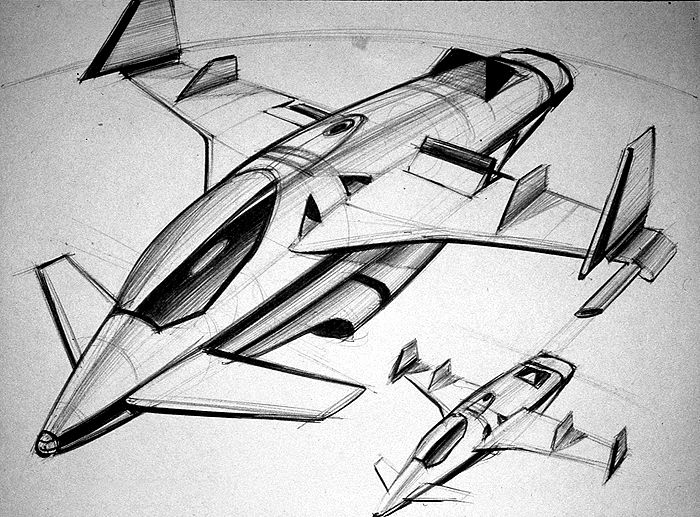
Detailed Focus Drawings
- Cockpit Interiors: Depict the intricate array of gauges, switches, and screens. This demands meticulous attention to small details and understanding of ergonomics.
- Engine Components: Focus on the complex mechanics of a jet engine turbine or a propeller engine’s cylinders.
- Landing Gear Up Close: Highlight the hydraulics, tires, and struts of the landing gear system.
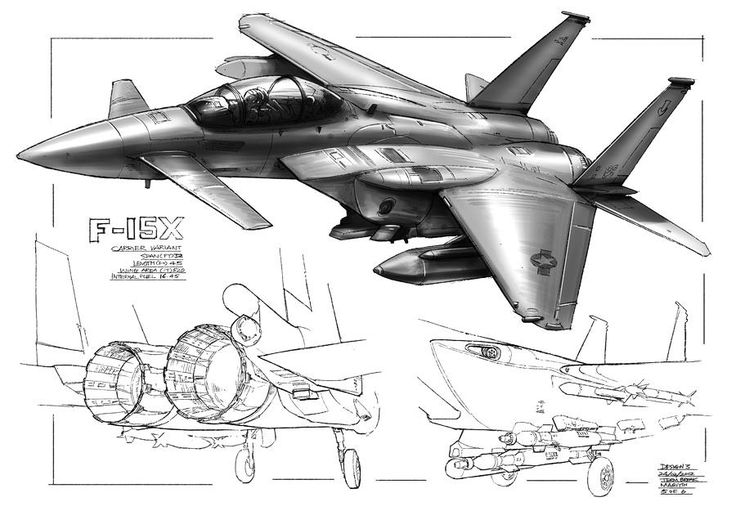
Aviation Landscapes and Environments
- Sunset/Sunrise Flight: Use dramatic lighting and vibrant colors to create a moody or inspiring scene of a plane against a colorful sky.
- Stormy Skies: Portray an aircraft battling turbulent weather, emphasizing the power of nature and the resilience of the machine.
- Busy Airport Scenes: Combine architectural elements, ground vehicles, and multiple aircraft to create a bustling environment.
- Airshows: Capture the excitement of an airshow with multiple planes performing, spectators below, and smoke trails in the sky.

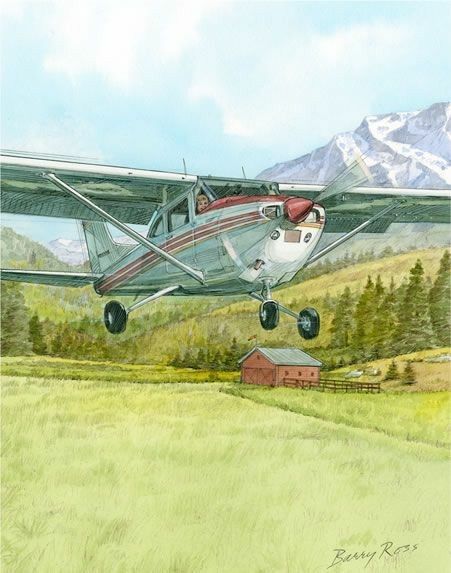
Blueprint Style or Cross-Sections
For the technically inclined, drawing airplanes in a blueprint style or creating detailed cross-section views can be incredibly rewarding. This involves precise linework, labeling, and an understanding of the internal structure. It’s akin to the detailed design process seen in automotive design, where every component contributes to the overall form and function.
Techniques for Adding Depth, Realism, and Emotion
Beyond accurate lines and proportions, it’s the application of advanced techniques that truly elevates an airplane drawing from a simple rendering to a piece of art that evokes feeling and looks alive.
Shading and Tonal Values
Shading is critical for giving your aircraft three-dimensional form.
- Identify Light Source: Determine where the light is coming from and how it illuminates the aircraft’s surfaces.
- Form Shadows: These occur on the parts of the aircraft turned away from the light.
- Cast Shadows: These are created by the aircraft blocking the light, falling onto the ground or other parts of the plane.
- Mid-tones and Highlights: Vary your pencil pressure or digital brush opacity to create a full range of tonal values. Bright highlights on leading edges and reflective surfaces will make the aircraft pop. Metallic surfaces often have sharp, distinct highlights and reflections.
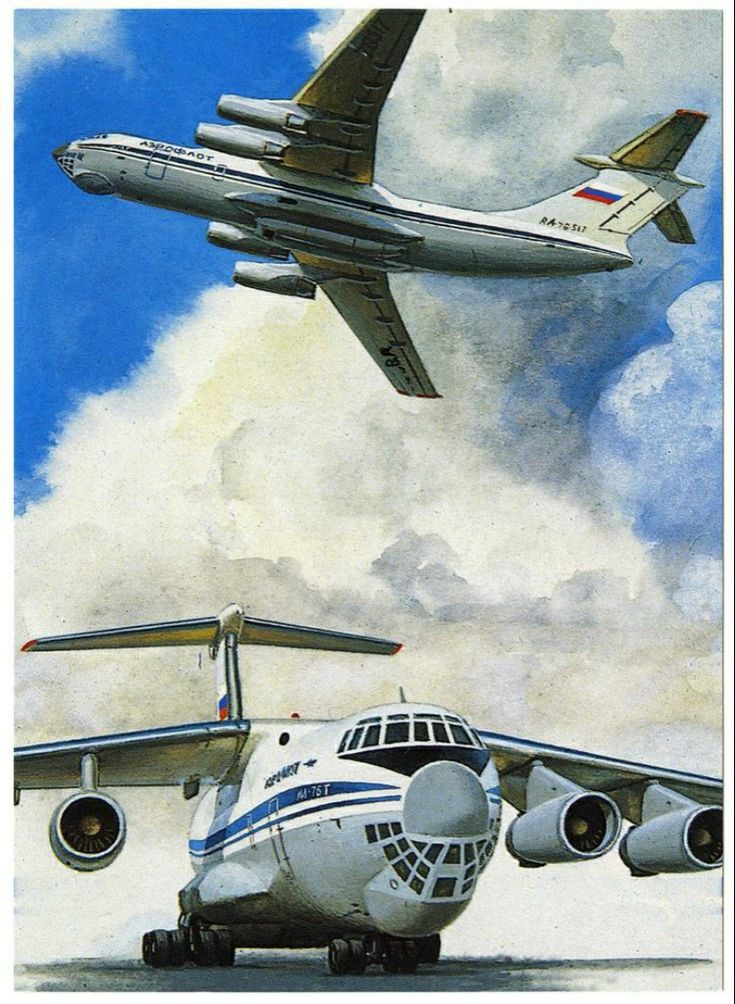

Texture and Surface Details
Airplanes are not perfectly smooth. Incorporating texture adds immense realism.
- Rivets and Panel Lines: These subtle details define the construction of the aircraft. Don’t overdo them; often, implied lines or slight tonal shifts are more effective than drawing every single rivet.
- Weathering: Aircraft endure harsh conditions. Dust, grime, oil streaks, exhaust stains, and faded paint tell a story. This adds character and a sense of history.
- Scratches and Dents: Subtle imperfections can make a plane feel more real and lived-in, especially for older or combat aircraft.
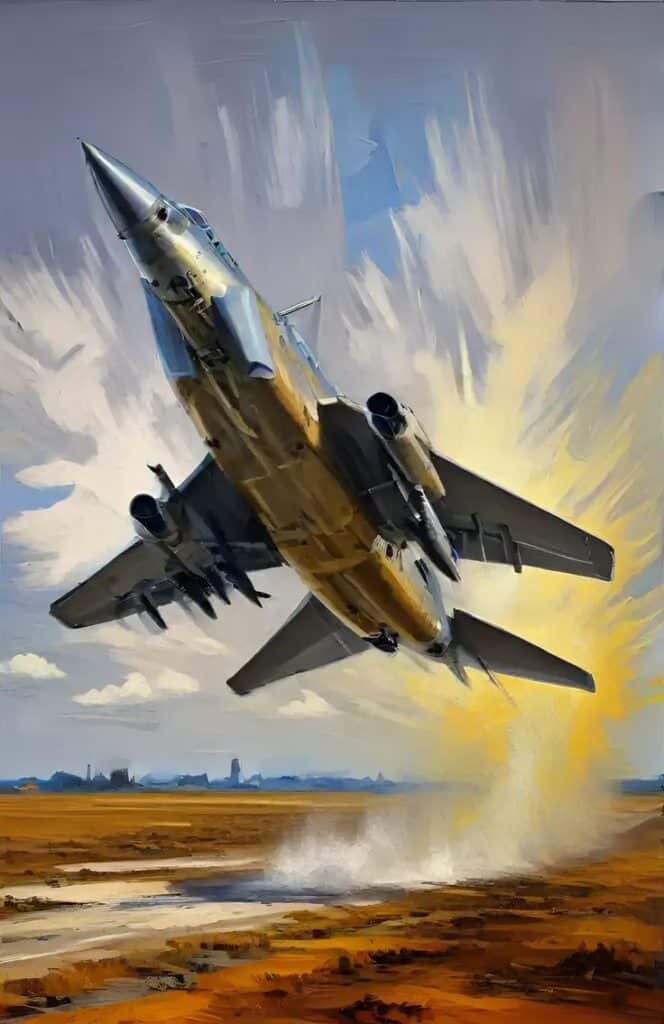

Reflections and Refractions
The metallic skin and glass canopy of an airplane are highly reflective.
- Metallic Sheen: Aircraft often have a distinctive metallic or semi-gloss finish. Observe how light reflects off curved surfaces, creating distorted reflections of the environment.
- Cockpit Glass: The canopy is a complex surface, reflecting the sky, clouds, and surrounding elements. Understanding refraction is also important for showing what’s inside the cockpit. These reflections can be challenging but add incredible depth.


Atmospheric Effects
The environment around the aircraft is just as important as the aircraft itself.
- Clouds: They add drama, context, and a sense of scale. Learn different cloud types (cumulus, cirrus, stratus) and how light interacts with them.
- Contrails: The condensation trails left by high-flying jets are iconic and emphasize speed and altitude.
- Haze and Fog: Atmospheric perspective can be used to make distant elements appear lighter and less distinct, creating a sense of depth and distance.
- Rain/Snow: Depicting precipitation adds dynamic weather elements and can be challenging but rewarding.
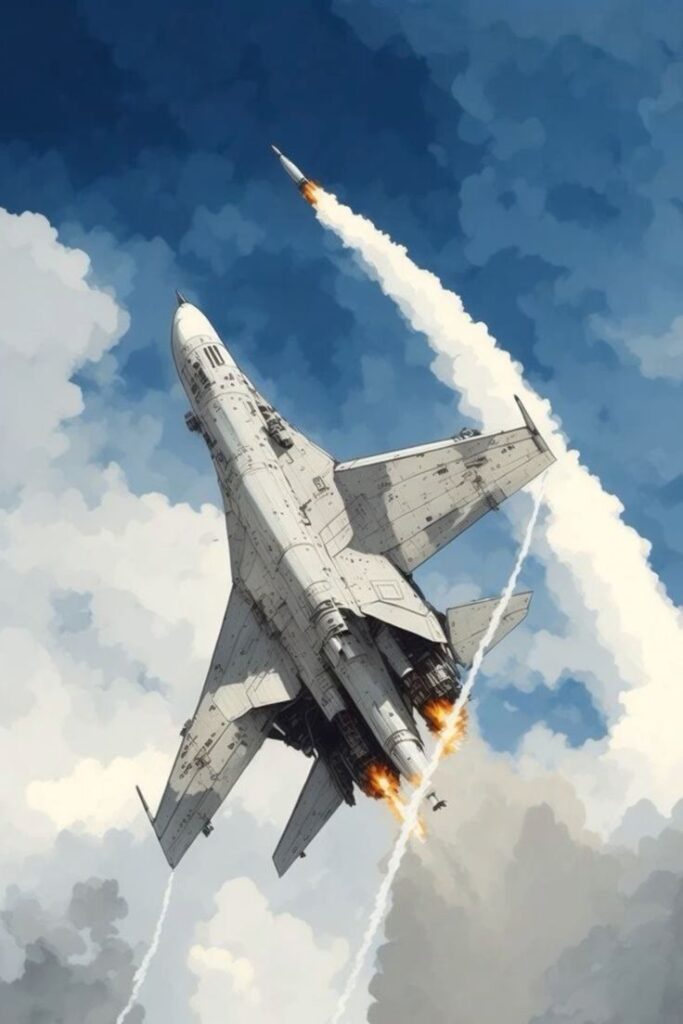

Motion Blur and Speed Effects
To convey speed and movement, artists can employ specific techniques:
- Propeller Blur: For propeller-driven aircraft, blurring the propeller blades creates the illusion of rotation. This can be done by drawing concentric circles or using a soft, radial blur.
- Jet Exhaust: The shimmering heat haze or distinct plume of a jet engine emphasizes its power and thrust.
- Dynamic Lines: Slight distortions or “speed lines” can be added behind a fast-moving aircraft to enhance the sense of motion.


Color Theory for Aircraft
When working in color, consider the aircraft’s livery, purpose, and environment.
- Camouflage: Military aircraft often have complex camouflage patterns, which can be challenging to render accurately but add realism and historical context.
- Civilian Liveries: Commercial airlines have distinct color schemes and logos. Pay attention to the specific shades and their application.
- Environmental Colors: The colors of the sky, clouds, and ground will reflect onto the aircraft’s surfaces, influencing its local color.
Advanced Concepts and Professional Approaches
Moving beyond technical accuracy, professional aviation artists integrate advanced concepts to create compelling narratives and unique visual styles.
Composition: Guiding the Eye
Composition is the arrangement of elements within your drawing.
- Rule of Thirds: Place key elements (the aircraft, a cloud formation, a distant horizon) along the intersecting lines or points of a grid that divides your canvas into nine equal parts.
- Leading Lines: Use elements like runways, contrails, or cloud edges to guide the viewer’s eye towards the aircraft.
- Framing: Use clouds, other aircraft, or ground elements to “frame” your main subject, drawing attention to it.
- Negative Space: The space around the aircraft is as important as the aircraft itself. Use it effectively to create balance and impact.
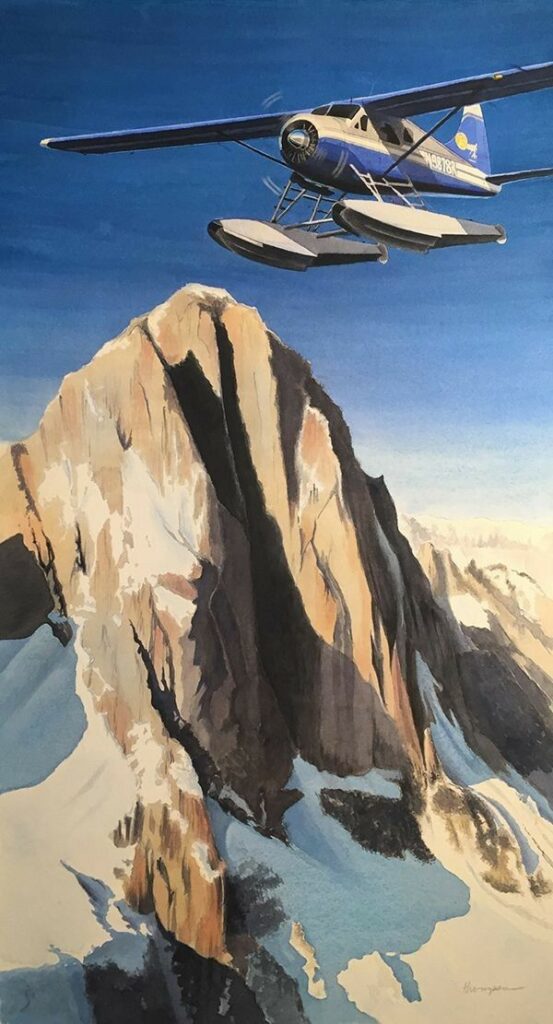

Storytelling Through Art
A great aviation drawing doesn’t just show an airplane; it tells a story.
- Conveying Mood: Is the scene peaceful, dramatic, heroic, or melancholic? Use lighting, color, and composition to set the tone.
- Narrative Elements: Add subtle details that hint at a story – a pilot’s helmet on a wing, a dogfight in the distance, a rescue mission over rough terrain.
- Focus on Action: Capture moments of high drama: a plane diving, taking off in bad weather, or flying through a dramatic storm.
Reference Gathering: The Artist’s Research
Accuracy is paramount in aviation art, especially for historical or specific aircraft.
- Photographs: Collect high-resolution photos from various angles, focusing on details like panel lines, weathering, and reflections.
- Blueprints and Schematics: For technical accuracy, blueprints provide precise dimensions and internal layouts.
- Scale Models: Physical models allow you to study an aircraft’s form from every angle and understand how light interacts with its surfaces.
- Museum Visits: Seeing actual aircraft up close offers invaluable insights into texture, scale, and historical context.
- Flight Simulators and Videos: These can provide dynamic views and help in understanding motion and atmospheric effects.
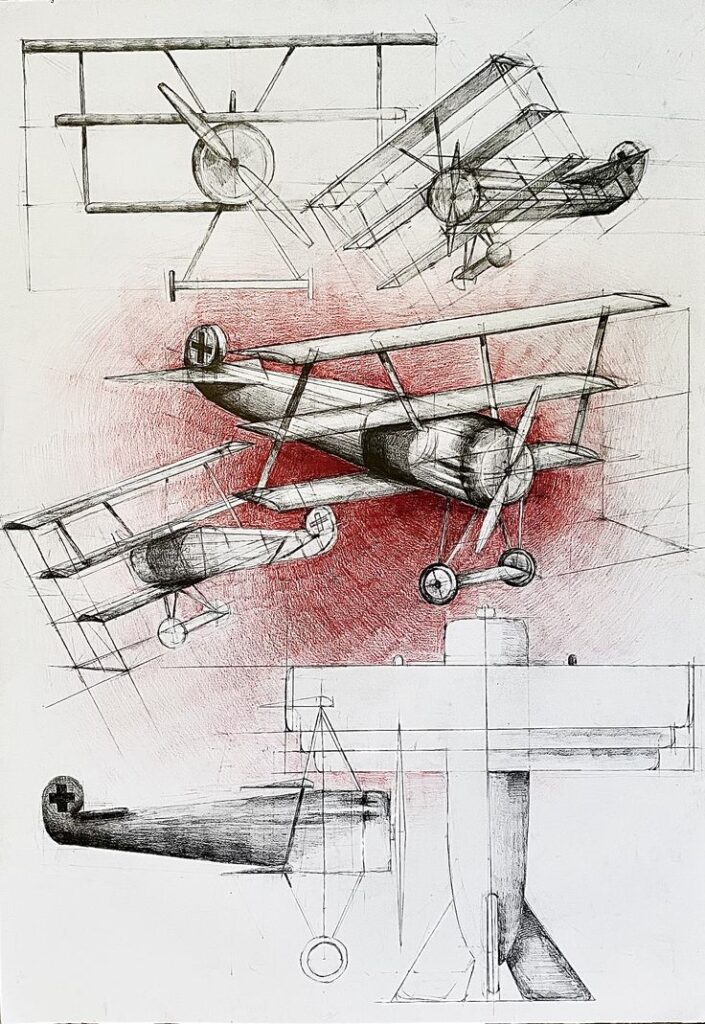

Digital Painting Workflow
For digital artists, a structured workflow can enhance efficiency and quality.
- Layer Management: Use separate layers for line art, base colors, shadows, highlights, and effects. This allows for non-destructive editing.
- Custom Brushes: Experiment with brushes that mimic traditional media, create textures (e.g., cloud brushes, metal brushes), or generate specific effects (e.g., smoke, fire).
- Blending Modes: Utilize blending modes (multiply for shadows, screen/overlay for highlights) to create realistic lighting and atmospheric effects.
- Masking: Use masks to apply effects or colors to specific areas without permanently altering the underlying layers.
Developing a Unique Style
While accuracy is important, developing your own artistic voice makes your work stand out.
- Experimentation: Try different mediums, techniques, and approaches. Don’t be afraid to deviate from hyper-realism.
- Interpretation: How do you feel about the aircraft or scene? Let that emotion guide your artistic choices.
- Signature Elements: Do you have a particular way of rendering clouds, portraying light, or stylizing certain aircraft features? For inspiration on developing distinctive artistic styles, looking into character design drawing ideas can provide valuable insights into creating unique visual identities, even for inanimate objects.
Overcoming Challenges and Staying Inspired
Drawing airplanes can be challenging, but perseverance and a systematic approach will yield significant improvements.
Tackling Complexity
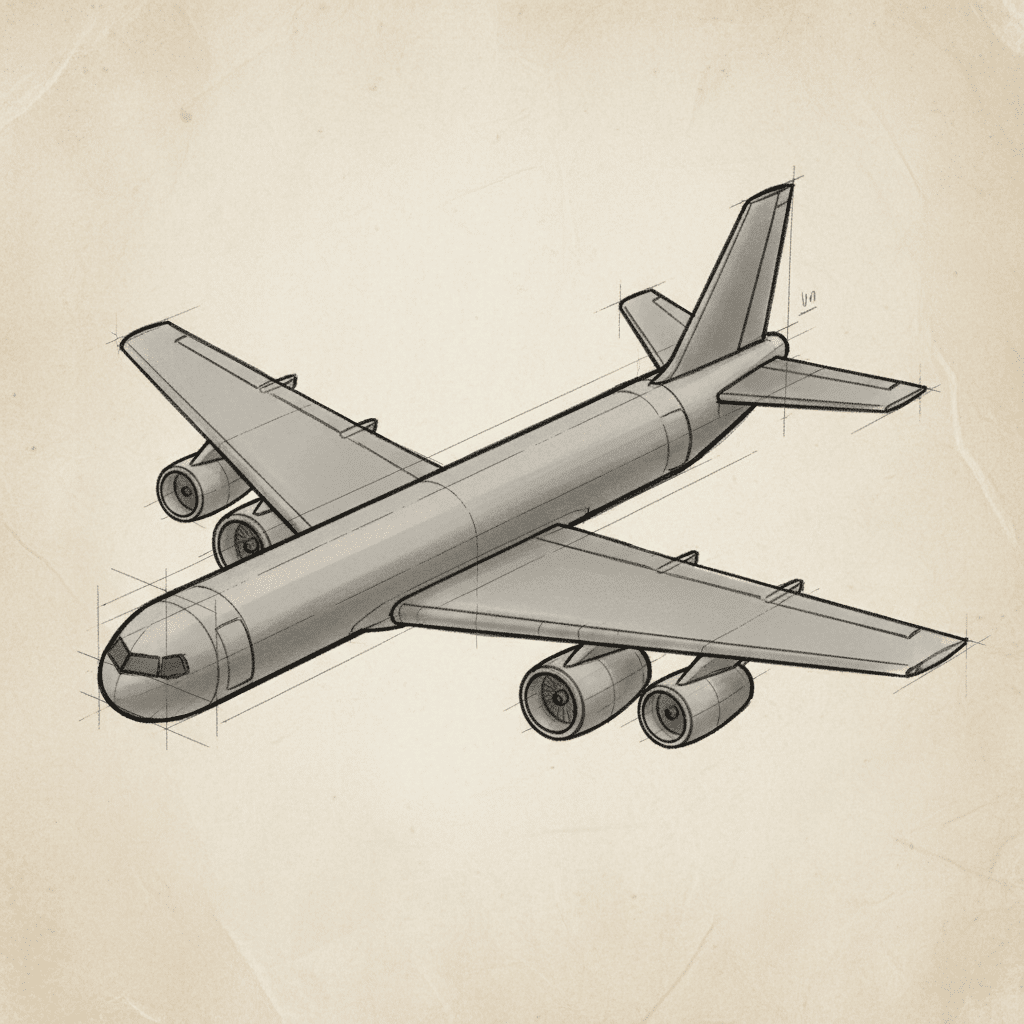
Aircraft are complex forms. Break them down into simpler geometric shapes first. Start with the main fuselage as a cylinder, then add wings as wedges, and so on. Gradually refine these shapes, adding details layer by layer. Don’t try to draw every rivet at once. Focus on the big picture first, then zoom in on the specifics.
Patience and Practice

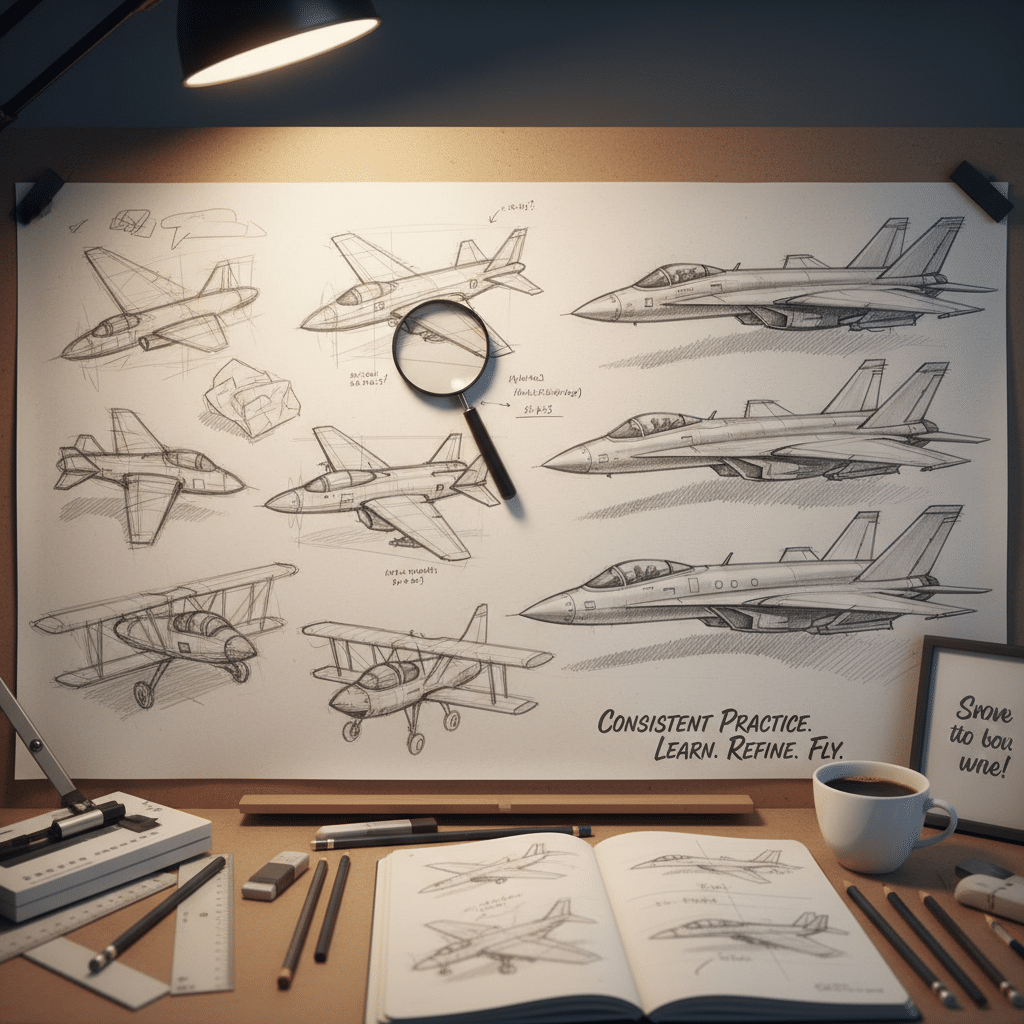
Mastery in any art form comes with consistent practice. Don’t be discouraged if your first attempts aren’t perfect. Learn from your mistakes, analyze what went wrong, and try again. Each drawing, regardless of its outcome, is a learning opportunity. Dedicate regular time to sketching and refining your techniques.
Seeking Feedback
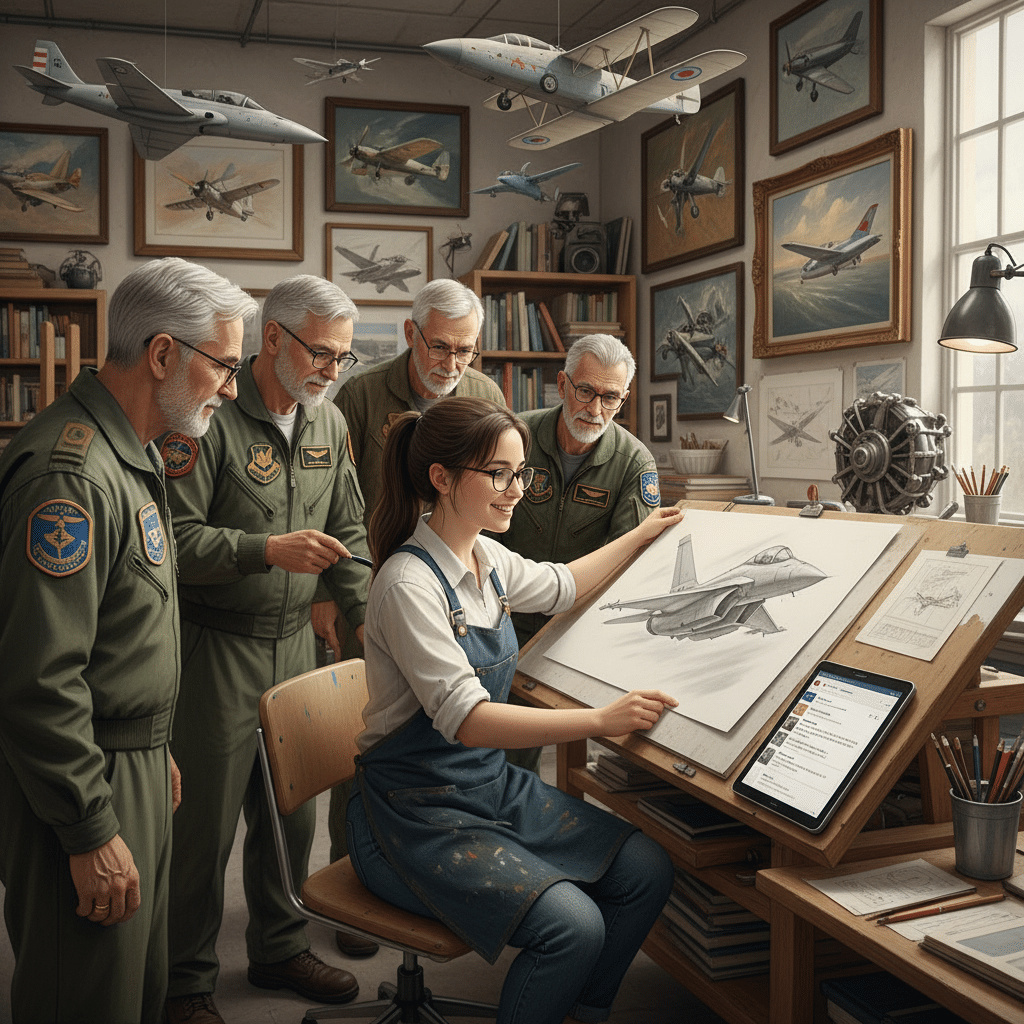
Share your work with others. Constructive criticism from fellow artists or aviation enthusiasts can provide fresh perspectives and highlight areas for improvement that you might have overlooked. Online art communities and forums are excellent places to get feedback and connect with like-minded individuals.
Exploring Different Mediums

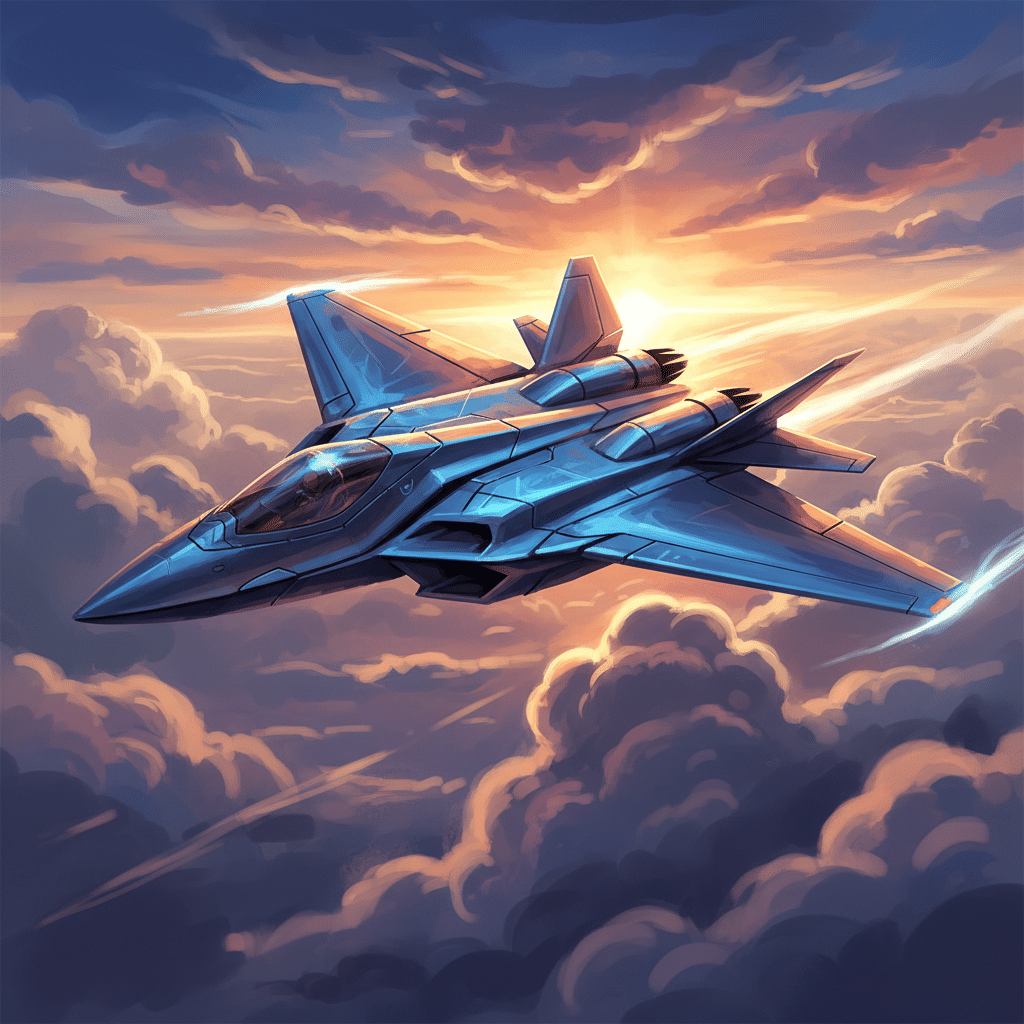
If you find yourself in a rut with one medium, try another. Switching from graphite to colored pencils, or from traditional to digital, can rejuvenate your passion and introduce you to new ways of thinking about your subject. Each medium offers unique possibilities and challenges that can broaden your skill set.
Staying Inspired
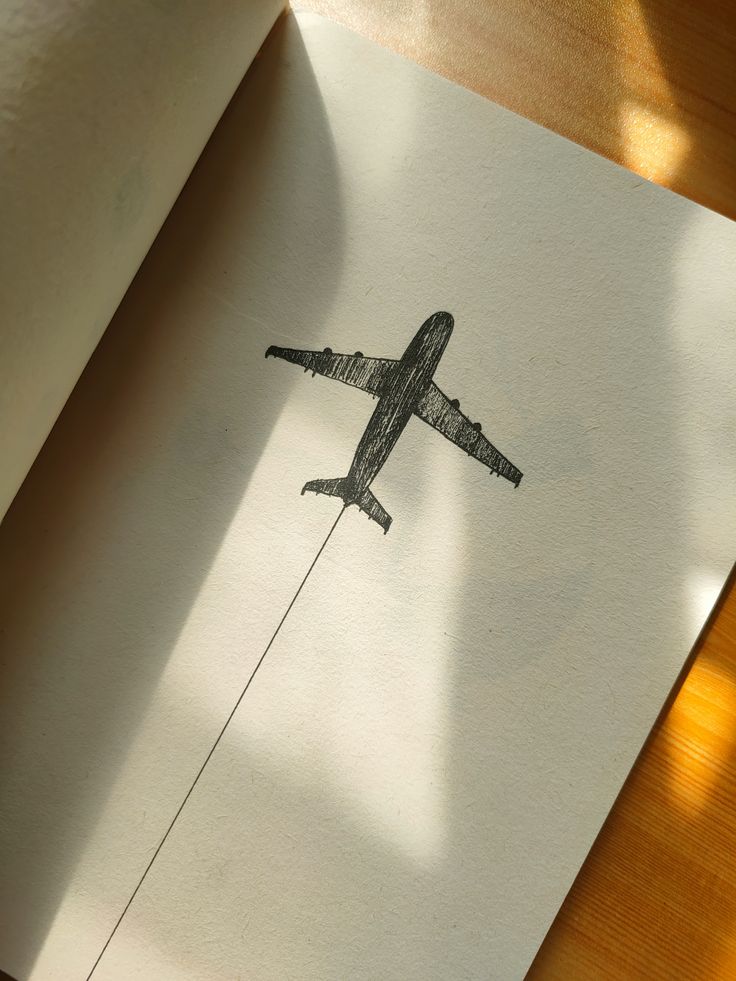
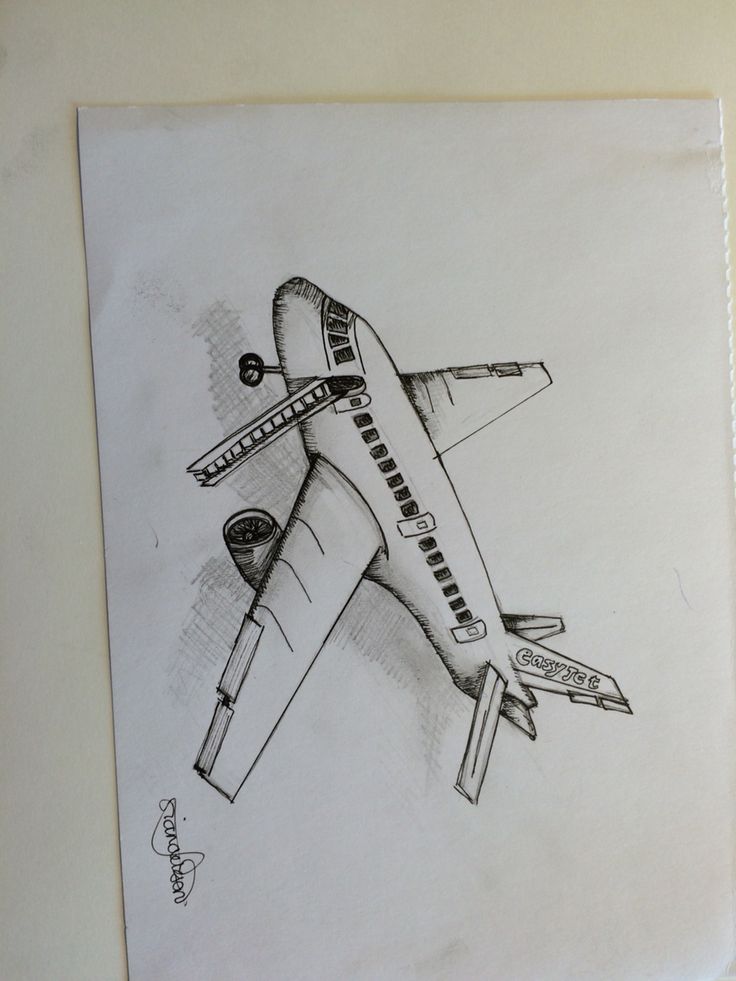
- Visit Aviation Museums: Seeing real aircraft up close is incredibly inspiring.
- Watch Documentaries: Learn about the history, engineering, and stories behind different aircraft.
- Attend Airshows: Experience the dynamic power and beauty of planes in action.
- Read Aviation Books and Magazines: Immerse yourself in the world of aviation.
- Connect with Other Artists: Share ideas, collaborate, and draw inspiration from their work.
Conclusion
The journey of drawing airplanes is a rewarding exploration of precision, power, and passion. From the initial pencil strokes capturing the elegant lines of a fighter jet to the intricate shading that brings a vintage biplane to life, each step offers a chance to deepen your artistic skill and appreciation for these magnificent machines. By mastering fundamental techniques, experimenting with diverse drawing ideas, and continuously seeking inspiration, you can unlock a truly professional level of aviation art.
Whether you’re aiming for hyper-realistic renderings or dramatic, stylized interpretations, the sky is truly the limit. Embrace the challenge, enjoy the process, and let your creativity take flight. Start with a simple sketch today, and watch as your imagination soars. The world of aviation is vast and full of artistic potential – pick up your tools and begin your ascent into this exciting realm of creativity.
- 35shares
- Facebook0
- Pinterest35
- Twitter0


